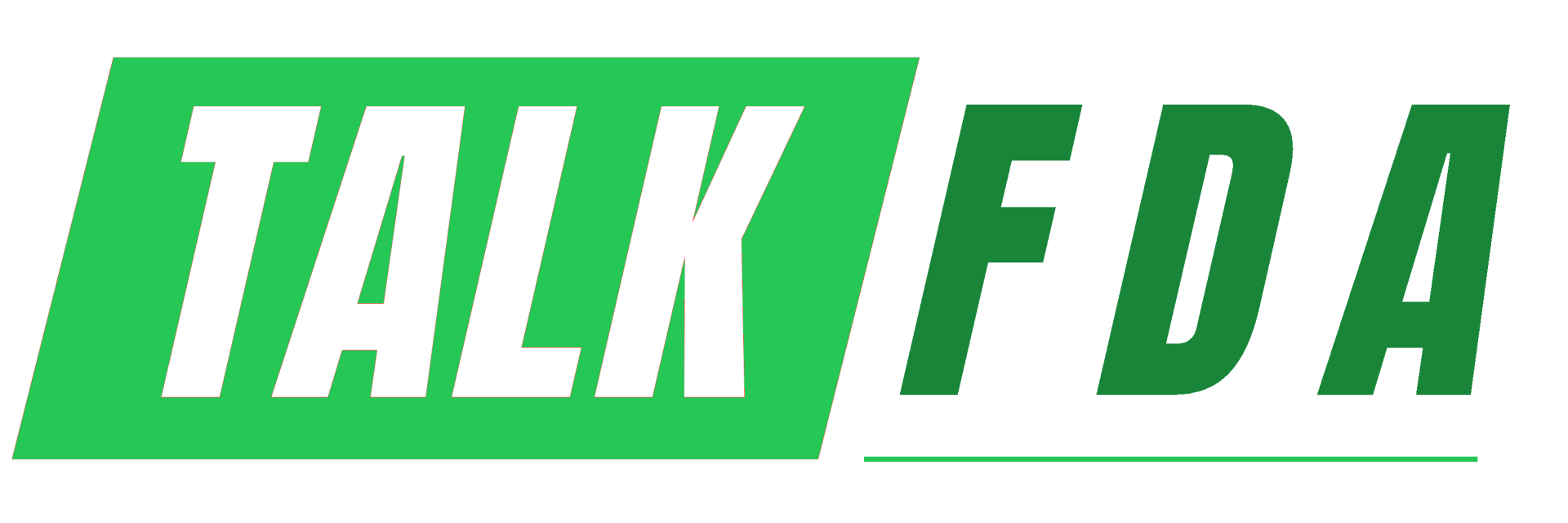What is medical device classification under MDR & IVDR?
First principles - what counts as a “medical device” or an “IVD”
Conformity assessment route and notified body involvement.
Depth of technical documentation and clinical or performance evidence.
Post-market surveillance and PMCF or performance follow-up needs.
Labeling claims, IFU scope, and change control impact.
Medical device - MDR:
any instrument, apparatus, implant, software, material, or other article intended for human use to diagnose, prevent, monitor, treat, or alleviate disease or injury, or to modify anatomy or a physiological process, or to control conception. Principal action is not pharmacologic, immunologic, or metabolic.Examples: stethoscopes, wound dressings, orthopedic implants, infusion pumps, surgical robots, software that calculates insulin doses.
IVD - IVDR: reagents, instruments, software, and systems intended for in vitro examination of human specimens to provide information on physiological or pathological states, congenital anomalies, predisposition, or to monitor therapy.
Examples: pregnancy tests, HbA1c kits, cancer biomarker panels, companion diagnostics, HIV donor screening, lab analyzers.
When this matters: concept stage, before design lock - during technical documentation build - at each significant design or intended use change - at NB reviews.
Who is responsible: the manufacturer holds accountability - RA authors and defends the rationale - the Notified Body reviews and confirms.
MDR Classes - What they cover, examples, and likely submissions
IVDR Classes - what they cover, examples, and likely submissions
Class A - Low Risk
EU submission: self-declaration unless sterile, then NB review.
US mapping: often Class I, usually exempt.
Class B - Moderate Risk
EU submission: NB review of technical documentation, performance evaluation plan and report.
US mapping: often Class II with 510(k).
Class C - High Risk
EU submission: performance studies, NB design dossier, PMS and performance follow-up.
US mapping: Class II or III depending on intended use - 510(k), De Novo, or PMA.
Class D - Highest Risk
EU submission: full NB involvement, EU reference laboratory verification where designated, stringent PMS.
US mapping: typically Class III with PMA.
Minimum Documentation Set:
What Auditors Expect to see
-
Intended use and indications - precise, measurable, and aligned to labeling.
-
Annex VIII rule mapping - MDR or IVDR rule-by-rule with the chosen class.
-
Qualification memo - why device or IVD is in scope and not a medicinal product.
-
Risk management summary - ISO 14971 linkage to hazards that drive class.
-
Clinical evaluation (MDR) or performance evaluation (IVDR) plan and summary.
-
Conformity assessment route - module selected, NB roles, certificates.
-
PMS and PMCF or performance follow-up plans - with triggers for updates.
-
Change control approach - how reclassification will be evaluated.
Evidence mismatch
Software impact understated.
Terms, Plain Meaning, Users, and Proof
Process Overview
A - Classification
Trigger: New product or change to intended use
Owner: RA lead
Records: Qualification note, Annex VIII mapping
Pitfalls: Underestimating impact of a single word in intended use
B - Conformity assessment
Trigger: Class confirmed and evidence plan set
Owner: RA, QA, NB
Records: Tech documentation, NB certs, test reports
Pitfalls: Choosing the wrong module - late NB involvement
C - Change control & reclass
Trigger: Labeling or design change, new claim, new population
Owner: RA with cross-functional RACI
Records: Change assessment, updated mapping
Pitfalls: Missing reclassification trigger and silent scope creep
EU-to-US pathway snapshot & case study
EU-to-US pathway mapping
Mini case study - measurable outcomes
Step-by-step checklist
FAQ's
Final Word (If You’re Still Reading)
Get Medical Device Classification right at concept stage and your downstream work becomes simpler - evidence plans fit, timelines stabilize, and audits read clean. Treat the intended use sentence as code. Map Annex VIII carefully. Engage your NB early. Update your class whenever claims or design move. That discipline protects launch dates and budgets.

